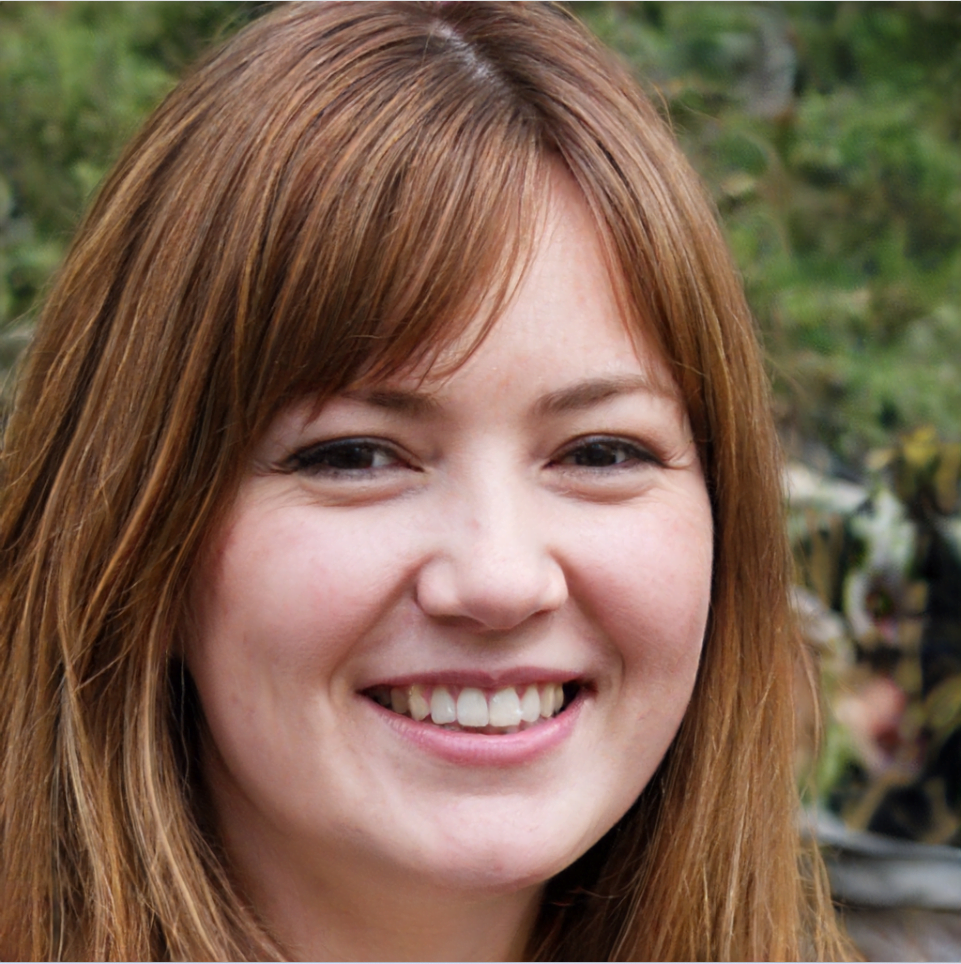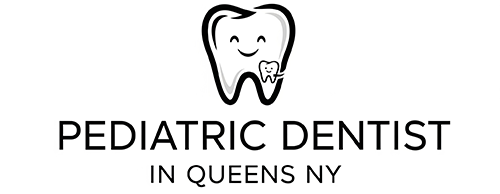Unpacking the mystery: what are “birth water teeth” in 2025
Explore what “birth water teeth” means in 2025—likely natal teeth or prenatal dental myths—plus tips for baby oral health in the USA.
Imagine this: a newborn flashes a tiny grin, and there it is—a tooth!
My friend Sarah couldn’t believe her eyes when her baby arrived with a little white surprise already poking through the gums.
It’s rare—about 1 in every 2,000 to 3,000 babies are born with these so-called “natal teeth”—but it happens.
So, what about “birth water teeth”?
Did you stumble across this term and wonder if it’s some aquatic dental phenomenon?
Spoiler alert: it’s likely a mix-up or a curious twist on natal teeth or prenatal dental development.
Let’s dive in (pun intended) and unravel this teething tale together.
Ready to explore what’s really going on when babies show up with a head start on their smile?
Key points to know
- Rarity: 1 in 2,000–3,000 US babies are born with natal teeth.
- Misnomer: “Birth water teeth” likely refers to natal teeth or womb development.
- Timing: Tooth buds form at 5 weeks gestation, erupt early in some.
- Health link: Mom’s oral care during pregnancy impacts baby teeth.
- Tips: Brush, eat calcium-rich foods, and plan early dental visits.
Decoding “birth water teeth”—a misnomer or more?
First things first—what is “birth water teeth”?
If you’re picturing teeth emerging from some watery womb adventure, I don’t blame you; it sounds poetic!
But after digging into the research, it seems this phrase might be a typo, a misunderstanding, or a creative spin on “natal teeth”—teeth babies are born with—or perhaps a nod to how oral health starts in the womb, surrounded by amniotic fluid.
No official dental term exists for “birth water teeth,” so let’s break it down with what we do know, starting with those fascinating natal teeth.
Natal teeth: the early bloomers of the mouth
Natal teeth are like the overachievers of the dental world—showing up before the party even starts.
These tiny pearly whites form while a baby is still in the womb, with their buds developing as early as 5 weeks gestation, according to Better Health Victoria.
By birth, a baby already has all 20 deciduous (baby) teeth tucked away beneath the gums, waiting to sprout.
For a select few—about 1 in 2,000 to 3,000, per WebMD—these teeth don’t wait.
They erupt right at birth or within the first month (then called “neonatal teeth”).
Did you know? Most natal teeth are just early versions of regular baby teeth, often the lower front incisors. But they can be wobbly or even fall out early, so dentists keep a close eye.
Why does this happen?
Experts aren’t entirely sure, but genetics or environmental factors might play a role.
They’re more common in some populations and can even run in families.
Ever met a parent who swears their kid was “born ready”?
This might be literal proof!
The womb connection: prenatal oral health matters
Now, let’s pivot to the “water” part.
Could “birth water teeth” hint at the watery womb where teeth begin?
Picture it like laying the foundation for a house—before the baby arrives, the groundwork for their smile is already underway.
A mother’s oral health during pregnancy directly impacts this process.
WebMD notes that a baby’s first teeth start forming around 3 months into pregnancy, relying on nutrients like calcium from mom’s diet.
Research from New York’s Health Department backs this up: gum disease in pregnant women has been linked to premature births and low birth weight, which can affect dental development.
Untreated gingivitis or periodontal disease?
That’s trouble brewing for both mom and baby.
I remember chatting with a dentist friend who said, “Healthy gums mean healthy beginnings—it’s that simple.”
So, brushing twice daily with fluoride toothpaste and dodging sugary cravings isn’t just self-care—it’s baby care, too.
Myths vs. facts: clearing the teething fog
Let’s tackle some myths swirling around early teeth.
Some folks think natal teeth mean a baby’s “advanced”—cute, but not true.
Others worry they’re a sign of trouble.
In reality, they’re usually harmless, though they might need removal if they’re loose or bothering breastfeeding, says Parkland Pediatric Dental.
And “birth water”?
No evidence ties it to amniotic fluid or water births—it’s likely just a quirky search term gone rogue.
What’s your take—heard any wild teething tales from your circle?
3 tips for expectant parents to build strong baby teeth
So, how can you set your little one up for dental success—natal teeth or not?
Here’s the playbook:
- Prioritize your oral health: Brush, floss, and visit your dentist during pregnancy. Gum health now = fewer worries later.
- Fuel up on nutrients: Calcium-rich foods like yogurt or cheese support those tiny tooth buds. Think of it as feeding the foundation.
- Plan ahead: Book your baby’s first dental check by their first birthday or when that first tooth peeks out, per New York Health guidelines.
Quick poll: When did your child get their first tooth—before 6 months, 6-12 months, or later? Share in the comments—I’m curious!
Beyond the basics: why this matters
This isn’t just about teeth; it’s about marveling at how early life unfolds.
Natal teeth remind us that every baby’s journey is unique—some hit milestones at warp speed, others take the scenic route.
And for parents-to-be, it’s a nudge to start oral care before the diaper bags are packed.
Studies, like those cited by WebMD, show that proactive dental habits can prevent early cavities down the line.
That’s a win worth smiling about.
FAQs about “birth water teeth” and natal teeth
Q: Are “birth water teeth” a real thing?
A: Not officially—it’s likely a mix-up with natal teeth or prenatal oral health.
Q: How common are natal teeth in the USA?
A: Rare—about 1 in 2,000 to 3,000 babies are born with them.
Q: Do natal teeth need to be removed?
A: Sometimes, if they’re loose or affect feeding, but usually they’re fine.
Q: How can I help my baby’s teeth develop?
A: Brush during pregnancy, eat calcium-rich foods, and see a dentist early.
From natal teeth popping up like unexpected spring blooms to the prenatal groundwork laid in the womb, the story of “birth water teeth” is less about a literal term and more about the wonder of beginnings.
Whether your baby arrives with a toothy grin or keeps you guessing for months, it’s all part of the adventure.
So, here’s my challenge: take a moment to care for your own smile today—it might just inspire your little one’s tomorrow.
Got a teething story to share?
Drop it below—I’d love to hear how your family’s dental tale unfolded!

Dr. Mary G. Trice is a renowned pedodontist based in Queens, NY. With an unwavering dedication to children’s dental health. In addition to her clinical practice, Dr. Trice is the writer and manager behind the informative platform pediatricdentistinqueensny.com. Through this site, she offers valuable insights, tips, and resources for parents and guardians, aiming to bridge the gap between professional dental care and everyday oral hygiene practices at home.
